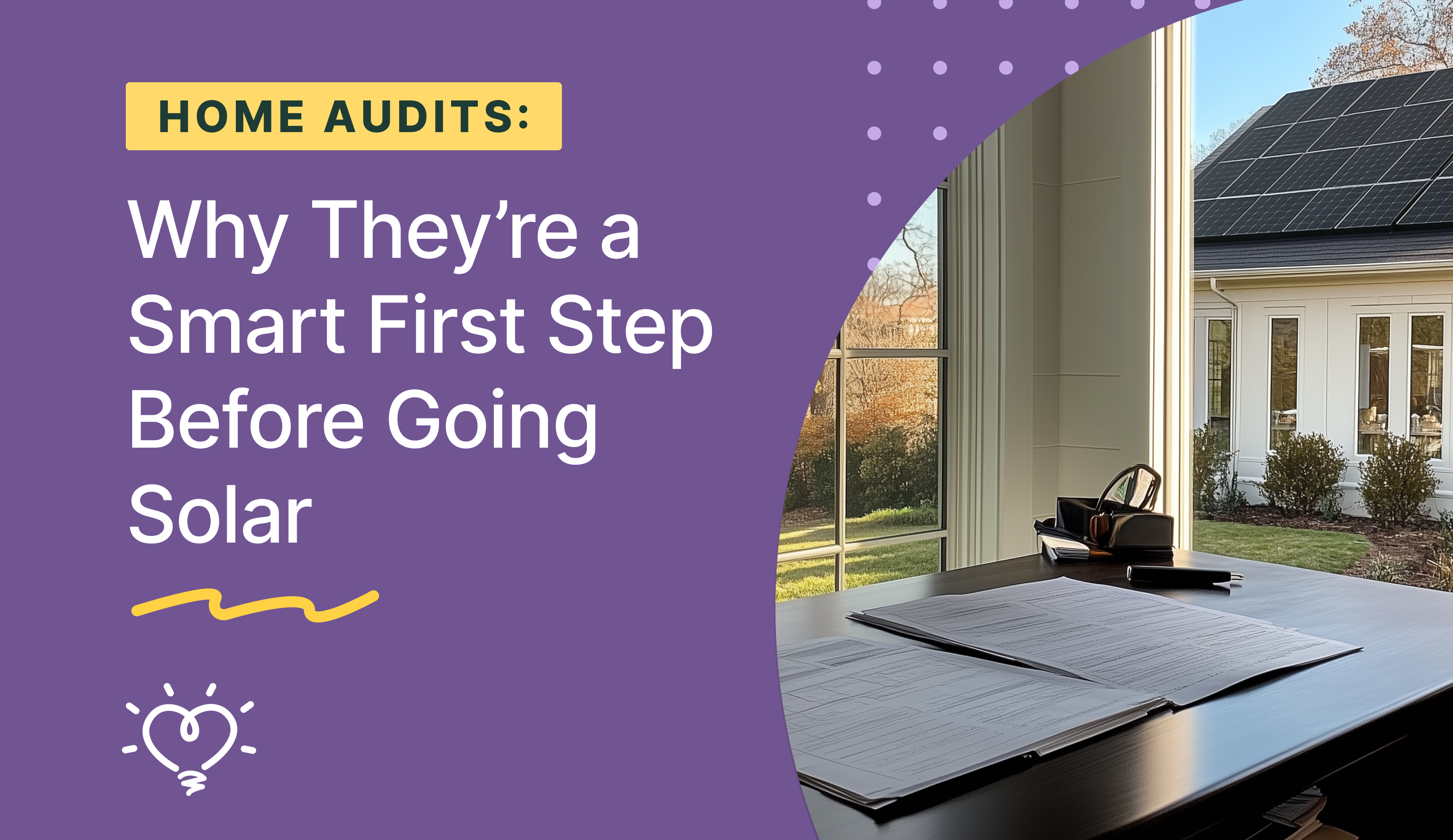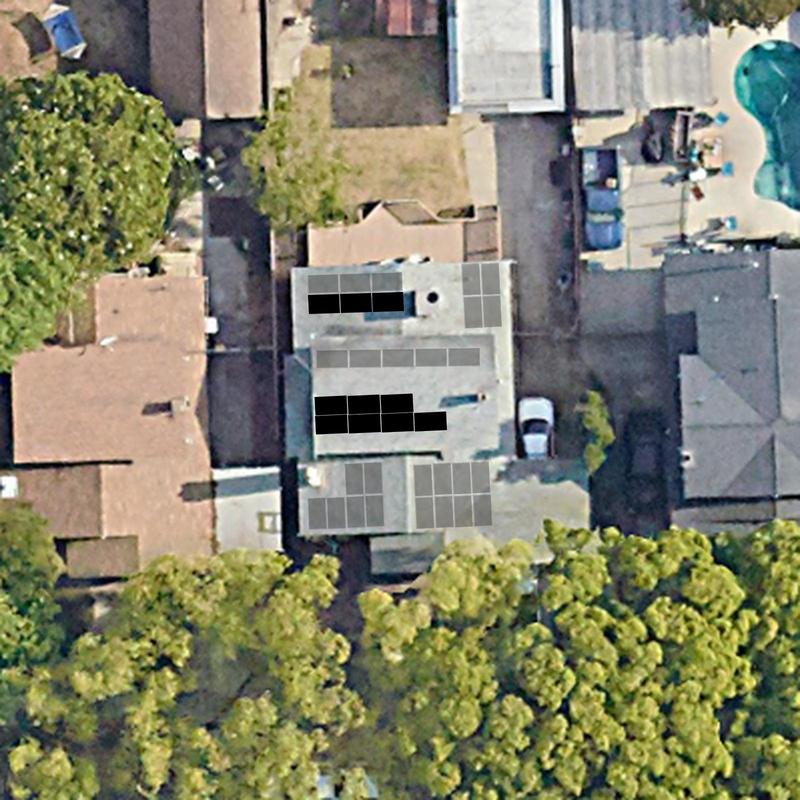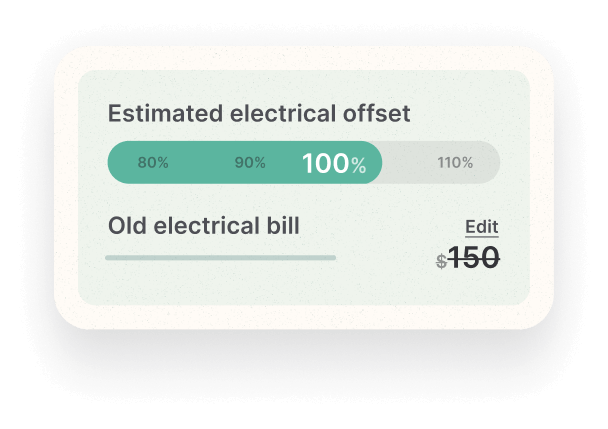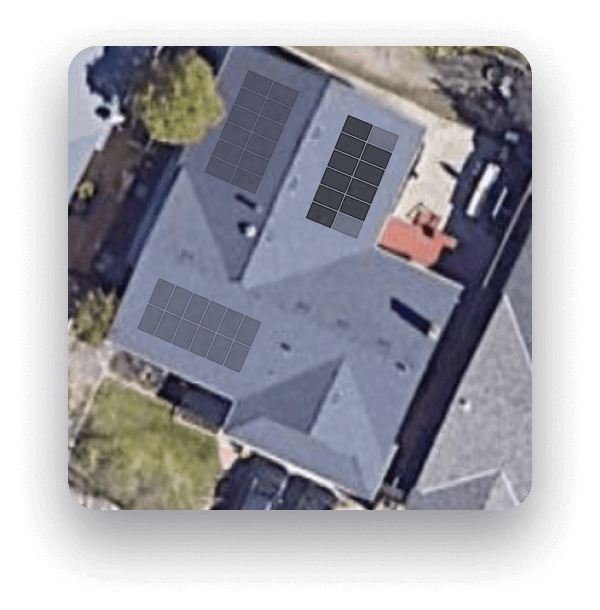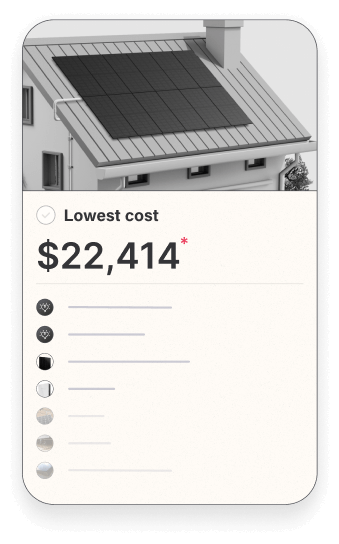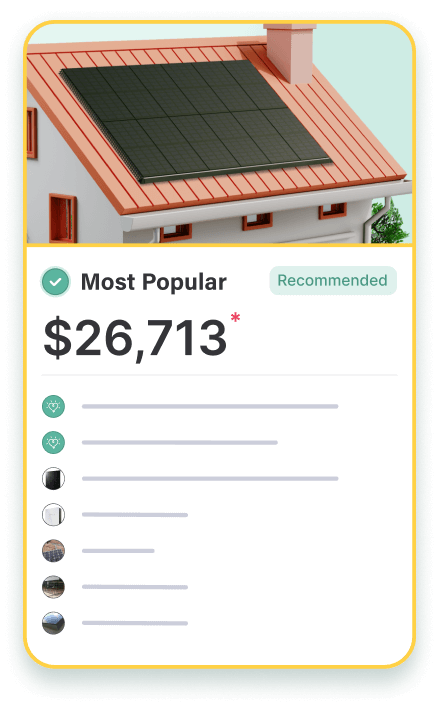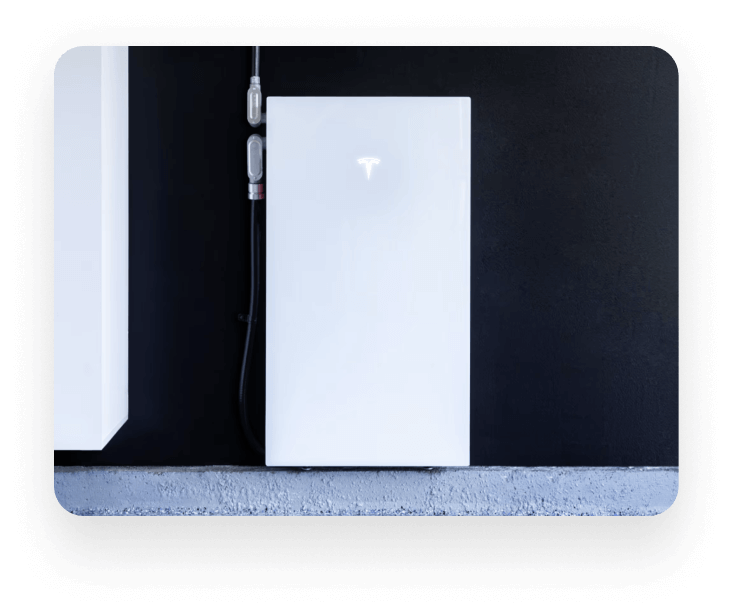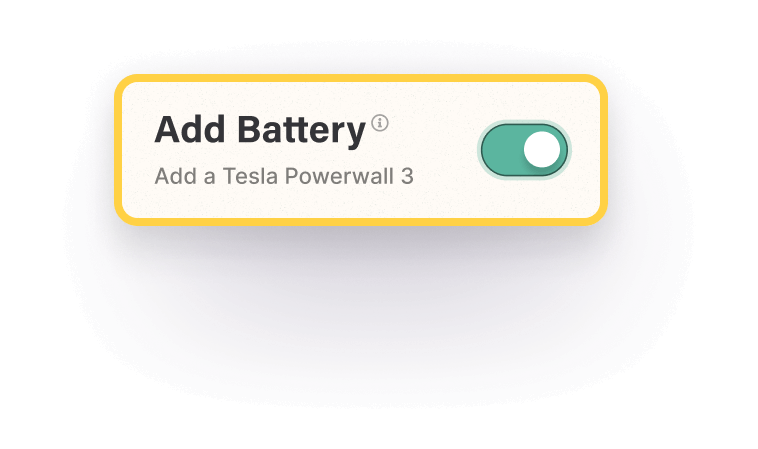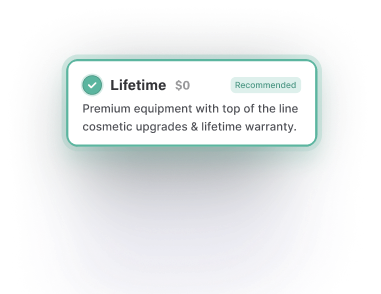Switching to solar is an exciting way to lower your energy bills and embrace renewable energy, but it involves more than just installing panels on your roof. Navigating local regulations, addressing HOA requirements, and understanding tax incentives are all part of the process. With thoughtful planning and the right installer, these steps can be manageable, setting you up for a seamless transition to clean energy and long-term savings.
Seven smart ways to streamline your home solar buying process
These tips will help you navigate restrictions, from choosing a reputable solar company to understanding tax refunds and incentives.
1. Research local regulations in your area.
Before switching to solar, it’s always a good idea to research local regulations and understand what they might mean for your system.
Zoning laws sometimes apply to solar installations because they dictate how land and property can be used within a specific area. Depending on the presence of zoning laws, consider factors like panel placement and height restrictions.
Homeowners’ Association (HOA) Rules may also apply. Key considerations include aesthetics—everything from the panel color, tilt, and placement on your roof. For example, some HOAs require that solar panels be placed solely on less visible areas of your roof, which could reduce the amount of energy your system produces.

2. Choose your solar installer wisely.
Reputable solar companies navigate restrictions and obtain approvals with ease. They’ll often handle everything from permitting and paperwork to utility and HOA communications. They also ensure that your solar design fully complies with all local regulations in your area.
When choosing a solar company, there are a few ‘green flags’ to watch. First, they should be transparent about pricing and typical timelines of their process. They should also be fully licensed, insured, and bonded in your state.
The solar company you go with should be an expert in solar energy systems, with a team of skilled technicians and an established installation process. They should also know how to analyze your energy usage and find the best, most personalized solar system for your home.

3. Check for permitting requirements.
Most homeowners must obtain electrical and building permits before installing their solar panels. An electrical permit ensures that wiring, inverters, and connections to your home’s electrical system are safe and compliant. Building permits verify that the home’s roof supports solar panels and other equipment.
There are a few exceptions. Firstly, a handful of jurisdictions nationwide do not require permits, although this is not the norm. If you live in a historic district or your neighborhood has specific rules, you may also need to apply for a zoning permit.
Permitting is a reasonably straightforward process, although turnaround times vary depending on where in the country you live. Many jurisdictions in California, for example, San Jose, approve permits within a day, while other states–such as Florida and Colorado–can take longer.

4. Resolve HOA or neighborhood concerns.
If your HOA has specific restrictions, don’t worry yet. Many states protect homeowners’ rights to install solar, and you can request a variance or compromise, such as opting for solar panels that better blend with the roof color.
Black panels tend to cost more than blue panels, but they also have higher efficiency, which translates to higher savings long-term. Black also gets along with every color and will more seamlessly blend in with your home’s facade. We’re fans of black solar panels at Monalee and use LONGi 400w Solar Panels for our installations. This model features advanced module technology and has a high-efficiency rating (23.2% for the Hi-MO 6).
Panel placement is another way to integrate solar panels with the rest of your home and neighborhood. Assuming it’s an optimal placement for efficiency, you can install some solar panels on the back roof where they are less visible from the front. You can also choose areas that match the shape of your roof sections so that panels look like natural roof extensions.
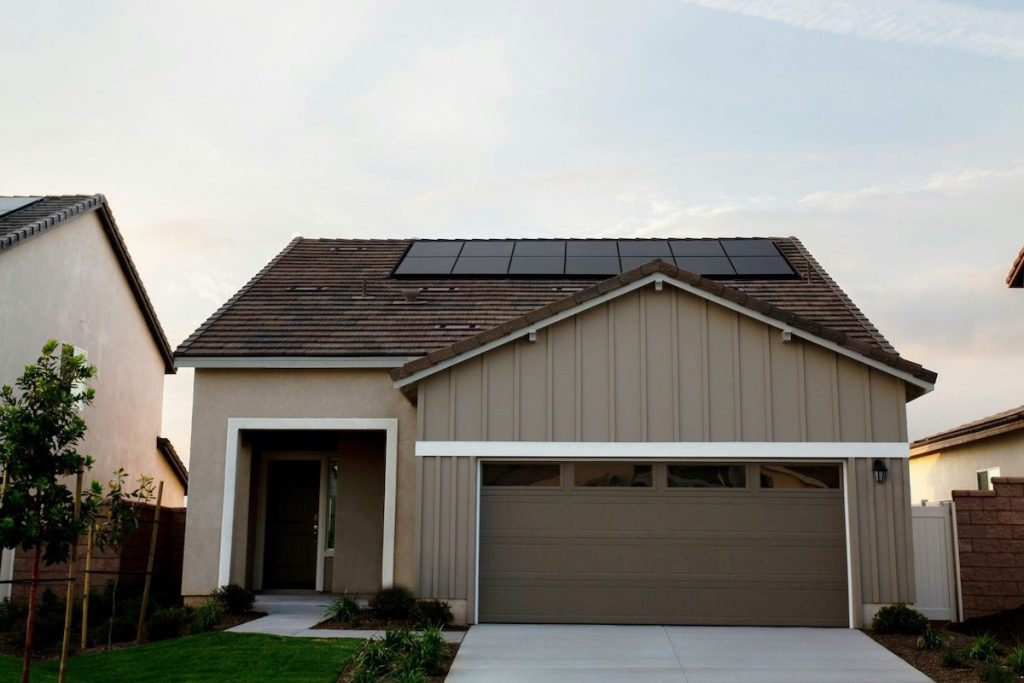
5. Understand tax incentives and rebates.
Federal and statewide incentives help offset the upfront costs of going solar, but you must read the fine print. For example, the 30% Federal Solar Investment Tax Credit (ITC) requires that your system meets specific efficiency and safety standards. Local rebates may also require additional certifications or inspections.
The ITC allows homeowners to deduct a percentage of the cost of their solar energy system from their federal taxes. The system must belong to a home you own and be fully operational by the end of the tax year for which you claim the credit. Come tax season, you’ll need to file IRS Form 5695. Make sure to save all documentation, such as receipts, contracts, and system specs, in the rare event you are audited.
Statewide incentives depend on where you reside and can include programs like Net metering or utility rebates, Solar Renewable Energy Certificates (SRECs), and sales and property tax exemptions.

6. Work with your utility company.
After installation, you must get your utility company’s ‘Permission to Operate.’ This is the official go-ahead to connect your system to the local grid. It’s helpful to have that agreement ready to go if you plan on participating in net metering programs.
In most cases, there will be a few weeks–sometimes longer–between installing your system and actually being able to turn it on or ‘activate.’ Your utility company will ensure that your system meets grid requirements and that your final inspection was completed successfully.
Even though your solar company will handle this for you, following up with your local utility company doesn’t hurt. At Monalee, we update you along the way and walk you through turning on your system and starting to monitor your solar production.
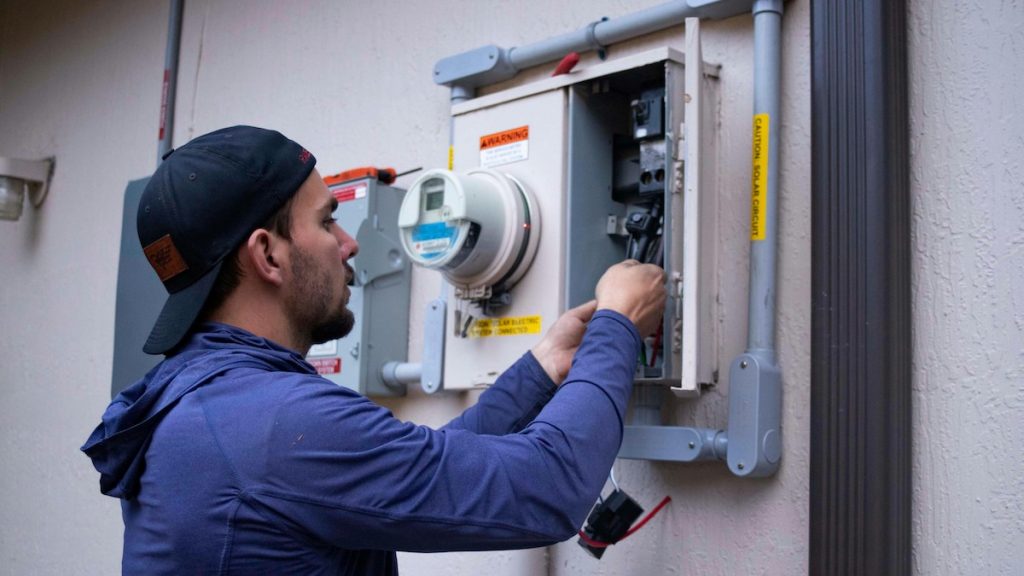
7. Practice patience, but also be persistent.
The process of going solar can be cumbersome. There are many checks and balances, and wait times vary depending on how quickly your local jurisdictions process paperwork and permit applications.
At Monalee, we do the heavy lifting for you and prioritize keeping you updated every step of the way. We can lower our price significantly by eliminating soft costs and passing those savings on to our customers. Our timelines are tighter,, too,, because our accurate solar designs result in fewer changeovers along the way.

Final Thoughts
Switching to solar is an investment in clean energy and long-term savings, but it requires careful planning and attention to detail. By researching local regulations, working closely with a trusted solar installer, and ensuring compliance with permitting and HOA requirements, you can streamline the process and maximize the benefits of going solar.
Don’t forget to explore tax incentives and rebates, which can significantly offset upfront costs, and stay proactive with your utility company to ensure a smooth system activation. While the journey may require some patience, the result is a sustainable energy solution tailored to your home and lifestyle.














